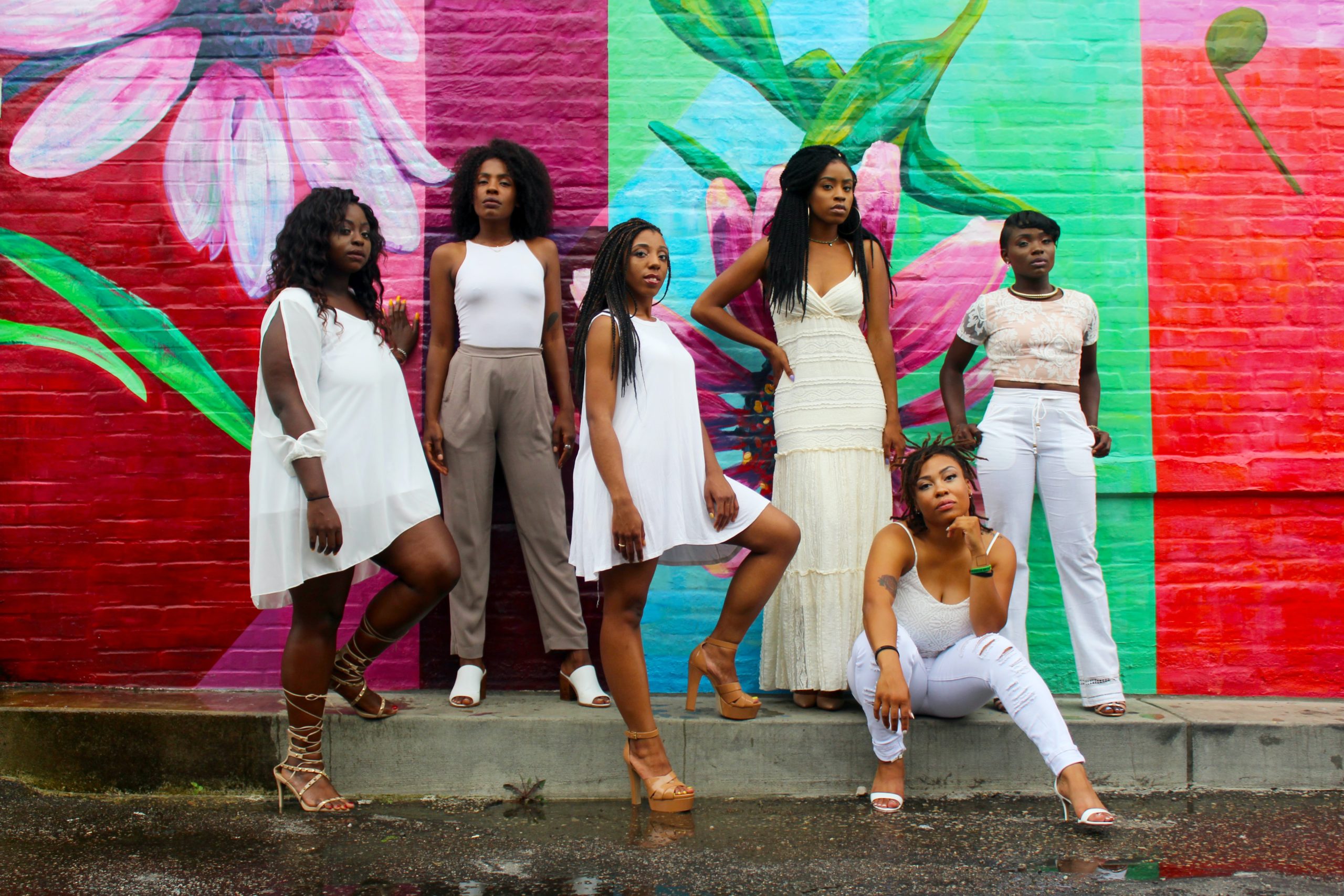Photo by Clarke Sanders on Unsplash
Denise Padín Collazo, Yes! Magazine
Originally written for the April edition of Yes! Magazine
“I live in the neighborhood where George Floyd was killed,” explains Catalina Morales, an activist on the front lines of change. “I want to bring pan dulce to my neighbors.” This instinct to lean in and show our love and empathy is an instinct we would all do well to follow. Catalina has spent her entire adult life fighting for racial justice in her community, state, and nation.
As Latinos, it is easy for us to spot White supremacy in others, as in the case of George Floyd’s killing by a White police officer. But we have a harder time acknowledging it in ourselves and in our own communities. That is why I believe that the key to building a truly multiracial democracy lies in the hearts of Latino women like Catalina.
To become whole, the Latinx community must come to terms with its own anti-Blackness and colorism. Who better to lead our communities into this than Latinas? The most important change we as Latinas could make is to notice, name, and disrupt the anti-Blackness in our culture, our consciousness, our families, and ourselves. As women, we’ve led our families through unimaginable hardships. We need to use all of our might to defeat that anti-Blackness. Unless we do this, we will not be whole people. Nor will we be capable of building deep relationships of sisterhood, daughterhood, or cousinhood with African American women who are anchoring the movement for social change today and, frankly, always have been. Together, Black and Latinx communities comprise over 100 million people in the U.S., a country of approximately 320 million. Imagine how strong we would be if we stood together.
“To become whole, the Latinx community must come to terms with its own anti-Blackness and colorism.”
A cadre of Black women are holding it down in the movement for change. They are showing up and leading from the front. They are inspiring other women to do the same. They are calling out anti-Blackness in the broader culture. They include Alicia Garza, co-founder of Black Lives Matter; Rosa Clemente, the first Black Puerto Rican to run for vice president of the United States; Ifeoma Ike, Esq., co-founding principal of Think Rubix; LaTosha Brown, who co-founded Black Voters Matter; Phyllis Hill, the national director of organizing for Faith in Action; Nse Ufot, executive director of the New Georgia Project; Ashley Shelton, executive director of Louisiana’s Power Coalition; and others. In Detroit, Alia Harvey-Quinn organizes the people most of society casts out. She describes her organizing as being at the “mud roots” level because, she says, there’s no grass where she organizes.
When conversations about race and White supremacy are played on Black/White, either/or terrain, Mestizos and lighter-skinned Latinos (who look like me), and Latinas especially, tend to fade into the woodwork. Yet we can’t afford to have anyone on the sidelines, because the biggest danger facing our country is the possibility of many, many light-skinned Latinos assimilating and passing over into the White community. I’ve seen it happen in my family. I myself could easily pass and align myself with Whiteness. Certainly, I’ve done so in the past, knowingly or unknowingly. It doesn’t serve our movement or the possibility for radical change in this country for us to ignore this reality anymore.
For example, I am Puerto Rican. Being Puerto Rican is by definition a racial mix. Three people groups came together in Puerto Rico via the conquest. African slaves, the Arawak (Taino) native people, and Spanish administrators together form most of the genetic pool of Puerto Ricans. Yet, despite this fact, 80% of Puerto Ricans on the 2010 census identified as White. They distance themselves from Blackness and align themselves with Whiteness. Isabel Wilkerson describes this dynamic in her book Caste: The Origins of our Discontents (Random House, 2020.) In America’s caste system, one of the rites of passage of immigrants and people who live between the poles of White and Black is to establish their position in society by distancing themselves from those in the lowest social caste. In America, she argues, the lowest caste is occupied by those deemed to be Black.
Here are a few things, hermana, that you can do today to make a difference on the individual, community, and structural level: The website BlackLivesMatter.com has a resources section with materials in English and Spanish. The website Ally.tools has an “Antiracist Allyship Starter Pack” where you can begin. You can download a simple tool from my website, DeniseCollazo.com, called “Noticing, Naming, and Disrupting Anti-Blackness in Your Culture of Origin.” There are many training sources, books, movies, and respected organizations to check out to learn things that you don’t know. It’s on us to learn. I encourage us to get started and lead into this beautiful vision for the future.
And, by all means, also feel free bring your neighbors some pan dulce.
| DENISE PADÍN COLLAZO is a social justice leader, a mentor to women of color, and a family work integrator. She is the author of Thriving in the Fight: A Survival Manual for Latinas on the Front Lines of Change (Berrett-Koehler, 2021.) Her work has been featured in the Miami Herald, Telemundo, Chronicle of Philanthropy and Nonprofit Quarterly. |
